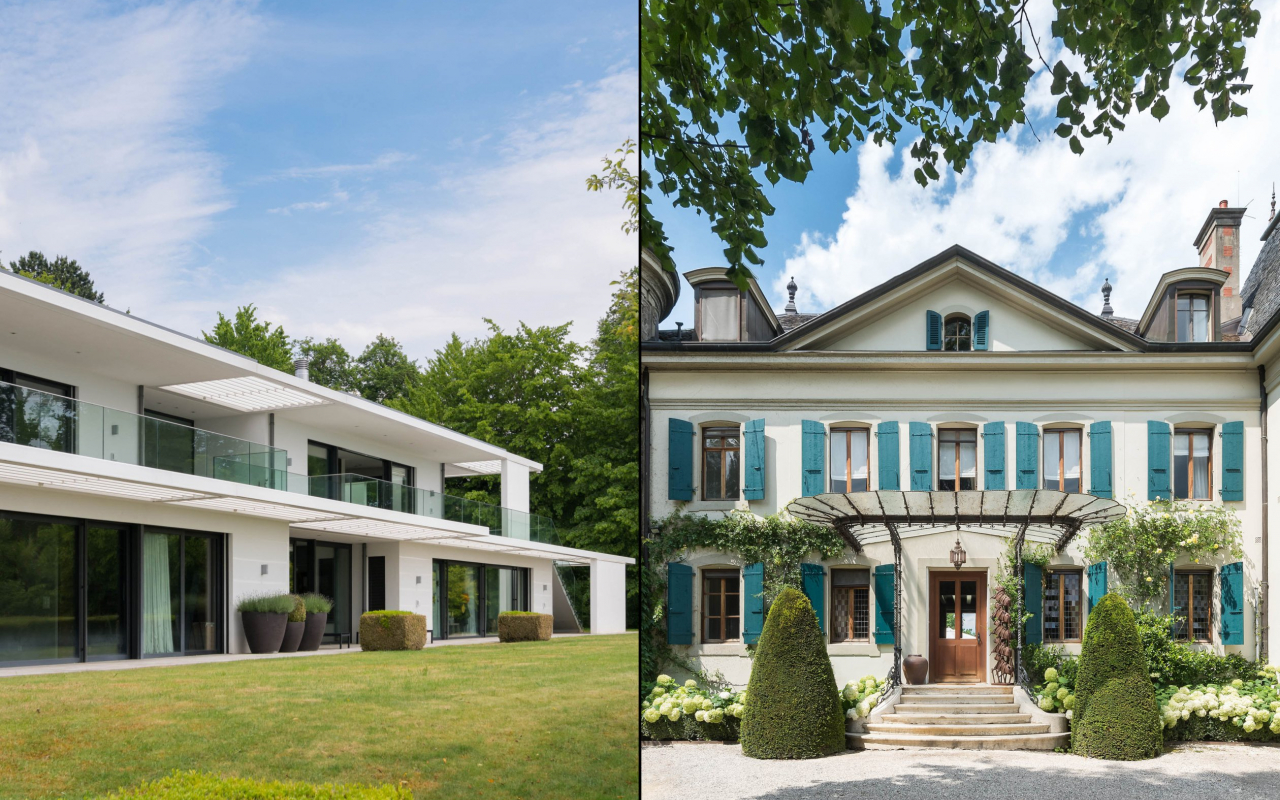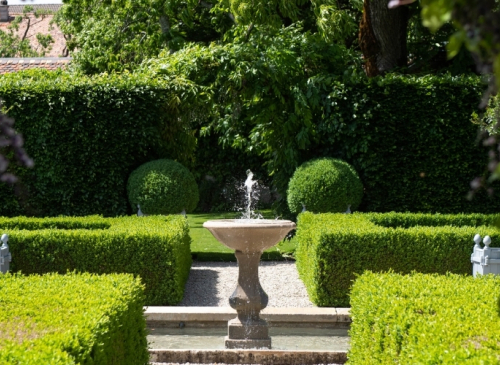What are the main differences between a contemporary villa and a classic, more heritage-style home?
They are obviously important, but first and foremost each presents a specific way of living. In contemporary homes, with their fluid typologies and spaces that are not always dedicated to a specific activity, especially in the daytime, volumes are free and varied; the interplay of double heights, half-levels, light and views make the space vibrate. When we think of "classic" houses, we think of the beautiful patrician residences of the 18th and 19th centuries overlooking large wooded grounds. This typology, which was copiously pastiched and reinterpreted during the 20th century (most often without the large park), is more rigid, with rooms arranged in rows and bedrooms relegated to the upper floor. This traditional model offers fewer spatial surprises, with wall decorations and floor coverings providing the owner's personal touch.
Is there a typical homeowner profile for these two very different living styles?
Every homeowner has a lifestyle reference that they naturally tend to reproduce. Others, on the other hand, have an architectural culture that guides them towards innovative experiments. Someone who has spent his or her life on historic family estates may want to build a very contemporary home, to try out a whole new experience. One thing's for sure: a heritage home is not the same as a contemporary villa. While both models can offer equivalent comfort, the contemporary home offers more unexpected volumes, a subtle relationship with nature, unprecedented light, not to mention greater freedom in the use of materials.
Are contemporary villas better adapted to the ecological concerns of our time than heritage homes?
There are no significant differences. The techniques available today can provide cost-saving solutions in both situations. In the case of houses protected as architectural heritage, certain choices will have to be made in order to safeguard the historic substance of these witnesses to the past. In the case of new homes, whether contemporary or not, it is the responsibility of all those involved in the construction process - clients, architects, engineers and builders - to deliver a building that is economical to use, with a preference for healthy materials and low levels of embodied energy.
In terms of the interior architecture of a heritage home, is it possible to modernize spaces that were sometimes designed over a century ago?
In the case of a protected building, it may not be possible to intervene on the spaces, the typology or even the substance of the cladding and decor, but this in no way prevents the integration of very contemporary furniture. The architect's role will be to guide the owner towards an intervention that mimics or clearly asserts the house's new evolution.
On the subject of internal modifications. What happens if you want to add rooms or delete rooms during a major renovation of a contemporary villa or a classic house?
To modify or add rooms, if building rights exist on the plot, this is generally relatively simple to achieve. Without remaining building rights, it's always difficult, if not impossible, to divide rooms to increase their number, whether the house is classic or contemporary. Every home is unique, and transformations are equations with many unknowns that need to be solved with the skill and talent of a good architect.
Editor: Emmanuel Grandjean - August 2023


